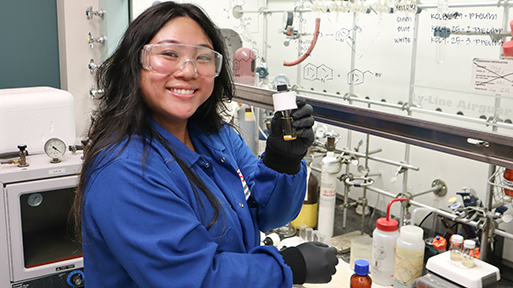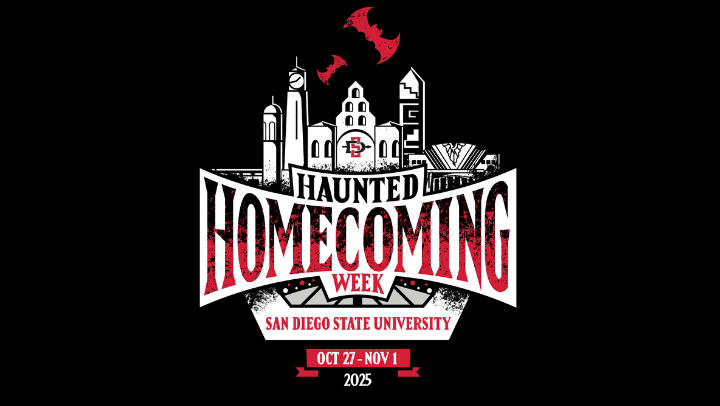High-strung and Stressed Students More Common
A new SDSU study finds that young people are reporting more anxiety, depression and mental health problems than ever before.

A new study by San Diego State University finds that today’s high school and college students are more high-strung and stressed out than ever before. The research, published in Clinical Psychology Review, finds that young people today report more anxiety and mental health problems than generations past.
From 1938 to 2007
An evaluation of 77,576 responses to the Minnesota Multiphasic Personality Inventory (MMPI) between 1938 and 2007 found that the number of young people reporting mental health problems steadily increased over the past 70 years, with scores reaching all-time highs during the 2000s.
According to the findings, five to eight times as many young people in 2007 as compared to 1938 reported very high levels of mental health problems. In 1938, five percent of college students scored above 70 on the MMPI scale hypomania, which measures over-activity and unrealistic optimism. By 2007, this had increased dramatically to 40 percent.
A startling increase
“Students have always had higher anxiety than the general adult population, but the increase over time is startling,” said Jean Twenge, SDSU psychology professor and the study's lead author. “Anxiety is usually a precursor to more serious mental health issues like depression, so it’s important to teach young people how to manage their stress now so it doesn’t become worse.”
Typical symptoms of anxiety include excessive worry, nausea and insomnia.
The study also found increases in other mental health issues such as the MMPI scale psychopathic deviation, which manifests itself as anti-social behavior, defying authority and having narcissistic attitudes.
Links to narcissism and depression
There is a strong relationship between these new findings and earlier research showing an increasing rate of narcissism among college students, said Twenge, whose book, Generation Me: Why Today’s Young Americans Are More Confident, Assertive, Entitled--and More Miserable Than Ever Before, addresses some of these issues.
“Our previous studies showed that young people today are more narcissistic, putting more emphasis on material things and less on people and relationships,” said Twenge, who also co-authored The Narcissism Epidemic. “It is very common for materialistic people to report more anxiety or depression.”
Depression also appears to be on the rise according to the new data. The number of high school and college students scoring very high on the MMPI depression scale, steadily increased from one percent to eight percent.
The article is co-authored by Brittany Gentile and Debbie Ma, graduates of SDSU’s psychology master’s program.



